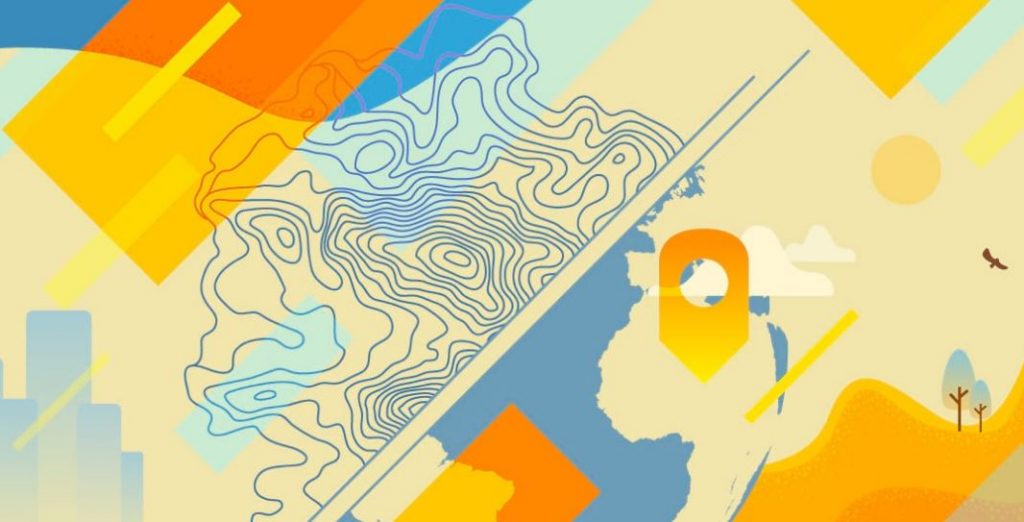Charles Convis of Esri’s Conservation Program and co-founder of the Society for Conservation GIS (SCGIS) posted a thoughtful and heartfelt post on GeoNet, Esri’s user community site, in light of the protests in the US and throughout the world calling all of us in positions of relative privilege to become aware of it, the advantages it conveys to us, and to adjust our thinking, behavior, cultural norms, and laws. He begins:
Like many commentators & historians I’ve listened to, I agree that 2020 will be an historic year, probably the most impactful in my 66 year life. Many of the reasons are bad ones, though some of the most important reasons are good ones, such the widest national protests ever and the beginning of important yet difficult national conversations and institutional changes.
One of these conversations is about racial privilege, an assumed set of comfort and safety features for a dominant culture that they never talk about, but that are obvious and problematic for other cultures.
Read the full post here. This will be the first in a series Charles will continue to work on and post up on GeoNet in the coming weeks called an “Inclusive History of Conservation GIS”.
Here’s Charles’ reflection on his experience coordinating and participating in the 2018 SCGIS Tribal & First Nations program, after taking ownership of his failure to include tribal and First Nations in SCGIS up until that time.
What I learned then was that there is a longstanding tradition among tribal & First Nations people that any gathering must begin with heartfelt introductions… each person must tell who your ancestral people were, what landscape they are from and how you honor & represent them today. As was explained to me, before anyone can understand the words you are about to say, they need to first understand who you are as a human being. It was the first time I got to have a glimpse of what a world might look like where people of many cultures had empathy and understanding for one another.
As Vassar’s president has conveyed in messages to students, faculty, and staff and many others have echoed, for those of us on the receiving end of privileges conveyed by our society because of race, our response begins with our own attitudes, behavior, and personal and professional communities of which we are a part.
Racial and social justice topics that Vassar students have explored in maps include First Nations Protests in the US related to resource extraction (see below) and the history of redlining in Poughkeepsie, one of several GEOG 228 web mapping projects in which students explored mapping topics with local organizations.
In the GIS and conservation communities, SCGIS and Esri, as well as local organizations here in the Hudson Valley like Scenic Hudson and the Hudson River Watershed Alliance have issued statements and taken actions to recognize “the long-standing racism and inequality that exists from the boardroom to the boulevard” (#theshowmustbepaused) and making inclusion a integral part of their organizations’ efforts.
Here’s some anti-racism resources for white people courtesy of #theshowmustbepaused.
Here’s a collection of Tribal Nations Maps of the Americas and the Native Land Digital interactive map.

